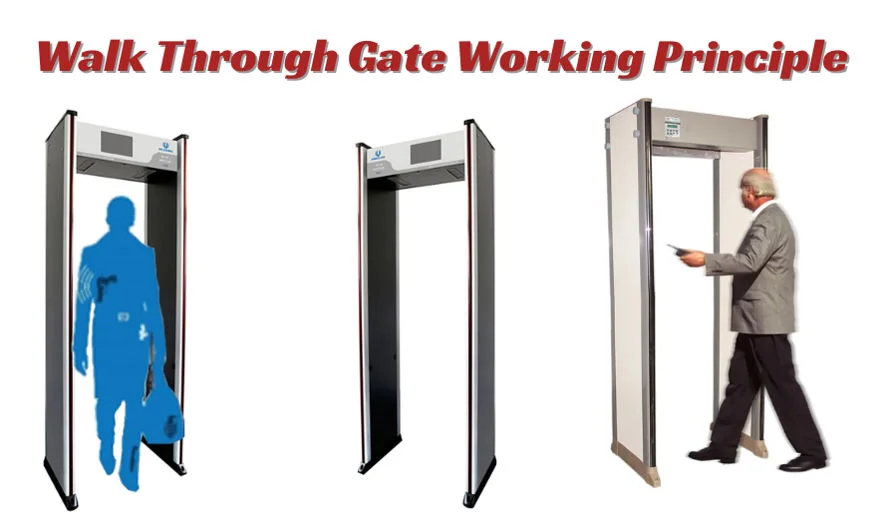Exploring the Challenges and Limitations of Traditional Security Measures In the current era of heightened security concerns, walk through gates have become a ubiquitous feature in many public places, including airports, government buildings, and sports arenas. While these devices are designed to identify and intercept potential threats, they can also pose a unique challenge for individuals who rely on firearms for their profession – shooters. The question remains, can shooters go through a walk through gates without setting off alarms or incurring delays? This article will explore the challenges and limitations of traditional security measures and offer potential solutions for improving the safety of all individuals.

The Limitations of Traditional Walk through gate. Traditional walk through gates work by detecting changes in the electromagnetic field caused by the presence of metal objects. While these devices are effective at identifying most metal objects, they have limitations when it comes to detecting certain types of weapons, such as those made of non-ferrous materials (e.g., aluminum, copper). Additionally, many shooters often wear clothing and accessories made of metal, such as belts, buckles, and earrings, which can accidentally trigger alarms. As a result, shooters may need to remove these items before going through security checkpoints, which can be time-consuming and inconvenient.
The Need for Specialized Security Measures Given the limitations of traditional walk through gates, it is essential to develop alternative security measures that can better detect and neutralize potential threats. One potential solution is the use of advanced imaging technologies, such as X-ray scanners or millimeter wave detectors. These devices can provide a more detailed image of an individual’s body and any hidden weapons, allowing security personnel to identify and intercept potential threats more effectively. Additionally, some security checkpoints are now using advanced algorithms and machine learning techniques to analyze and interpret data from multiple sources, including walk through gates, to improve the accuracy and speed of security screening.
The Challenges of Balancing Security and Convenience While improving security measures is essential, it is equally important to balance security with convenience and efficiency. No one wants to spend hours waiting in line at a security checkpoint, especially when traveling for work or pleasure. To address this issue, some security checkpoints are now using automated туuting systems, such as self-service kiosks or mobile apps, to streamline the security screening process. These systems can help reduce wait times and make the security process more efficient for all individuals, including shooters.
The Future of Security Measures As technology continues to evolve, it is likely that security measures will also adapt and improve. For example, some researchers are exploring the use of artificial intelligence and machine learning to create more sophisticated and effective security screening systems. These systems could potentially analyze various factors, including an individual’s behavior and body language, to identify potential threats before they even reach the security checkpoint. While these technologies are still in the early stages of development, they offer great promise for improving the safety and security of all individuals, including shooters.





